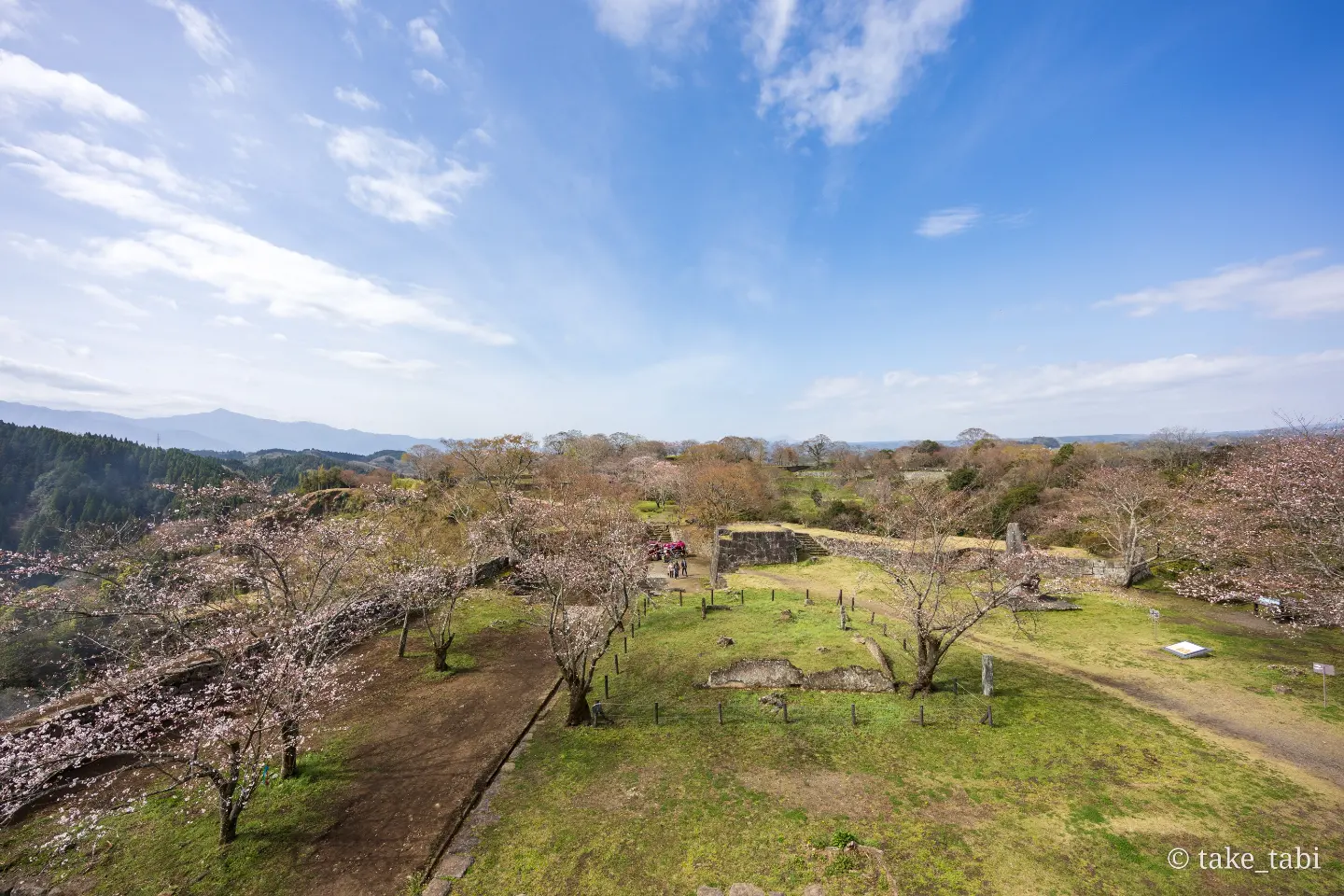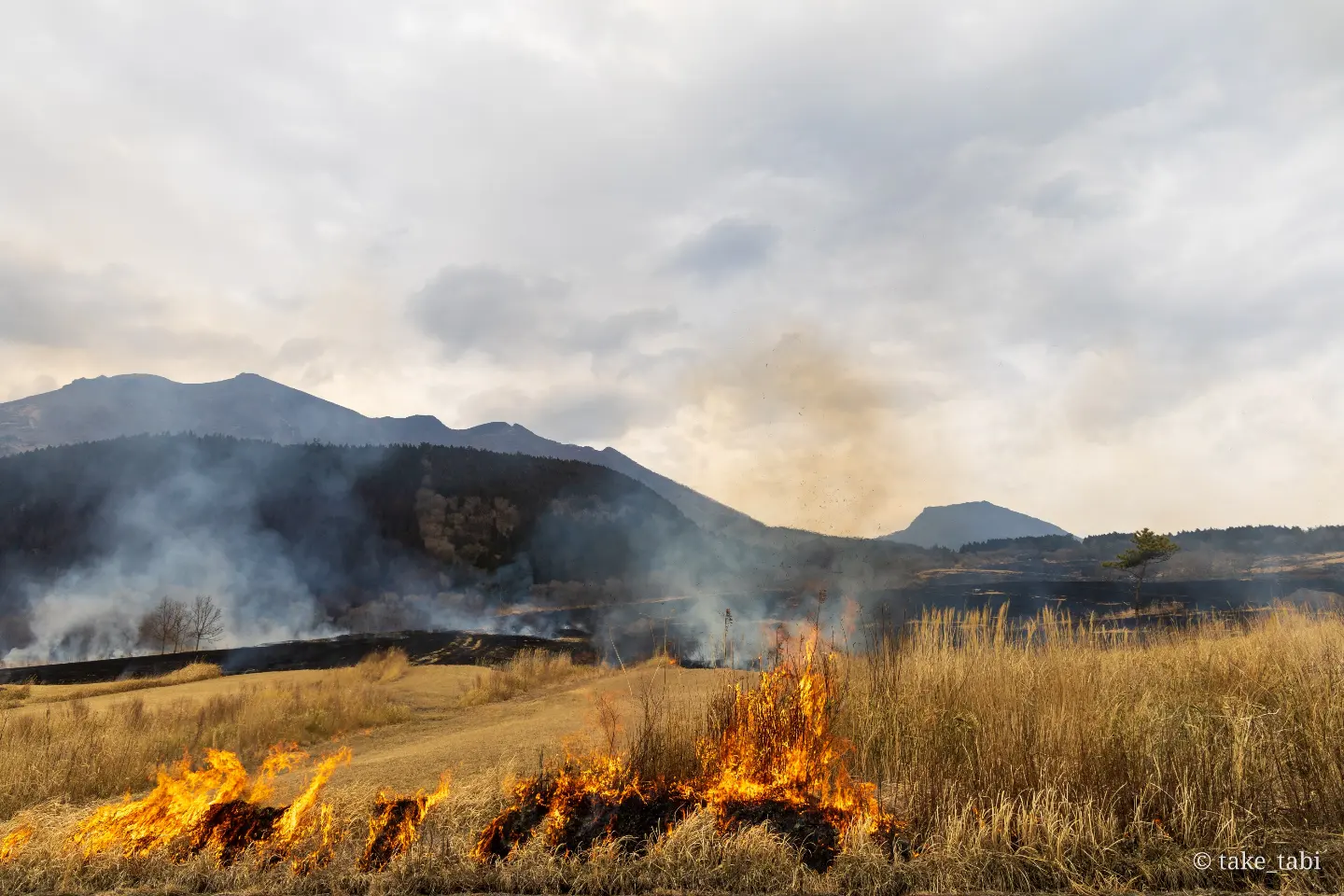-
Cherry blossoms at the ruins of Oka Castle today

[2023-03-20]
Cherry blossoms at the ruins of Oka Castle today.
About half of the blossoms are currently in bloom. It is expected to be at its best by the end of this week.
*Depends on the weather this week.
-
Saffron-Gohan(Rice)
[2023-03-15]
Taketa city is the Japan’s largest producer of saffron.
More than 80% of saffron is produced in Taketa City. As the name of the restaurant suggests, rice cooked with saffron is the main dish at lunch. To give you a taste of the “season,” soups such as “Japanese dumpling soup,” “Curry,” and “Minestrone” made from Taketa’s local specialties, local products, and homemade ingredients are served daily. The restaurant has nine seats at the counter, making it a casual place to stop by. The restaurant is decorated with seasonal flowers, and the two sisters greet you with smiles. -
Nagayu Onsen Shidarezakura no Sato
[2023-03-13]
Shidarezakura-no-Sato is located in a rich natural setting at the foot of Kuju Mountain Range. The site is the largest of its kind in western Japan, with approximately 2,600 cherry trees of six varieties (tairyozakura, komatsuotome, yaebenishidare, youkouzakura, omoikawazakura, and yaezakura) blooming all over the 50,000 square meters of the site, taking advantage of the slope of the mountain.
Public transportation is very limited.
Car travel is recommended.
(Admission Fee)
Adults (12 years and older) 500 yen
Child (under 12 years old) 300 yen
Free for children under 6 years old -
Noyaki (burning fields) at Kuju Plateau in Aso Kuju National Park

[2023-03-10]
Noyaki (burning fields) at Kuju Plateau in Aso Kuju National Park
The Kuju Plateau is located at the southern foot of the Kuju Mountain Range. The Kuju Plateau is now in the season of burning off the fields, and one can feel that spring is finally approaching.
Since ancient times, Japanese people have been burning fields and mountains in order to continuously use them as grassland.
The landscapes we encounter in our travels are works of art created by the life of nature and the lives of people.
The memories of each moment are connected to each other.